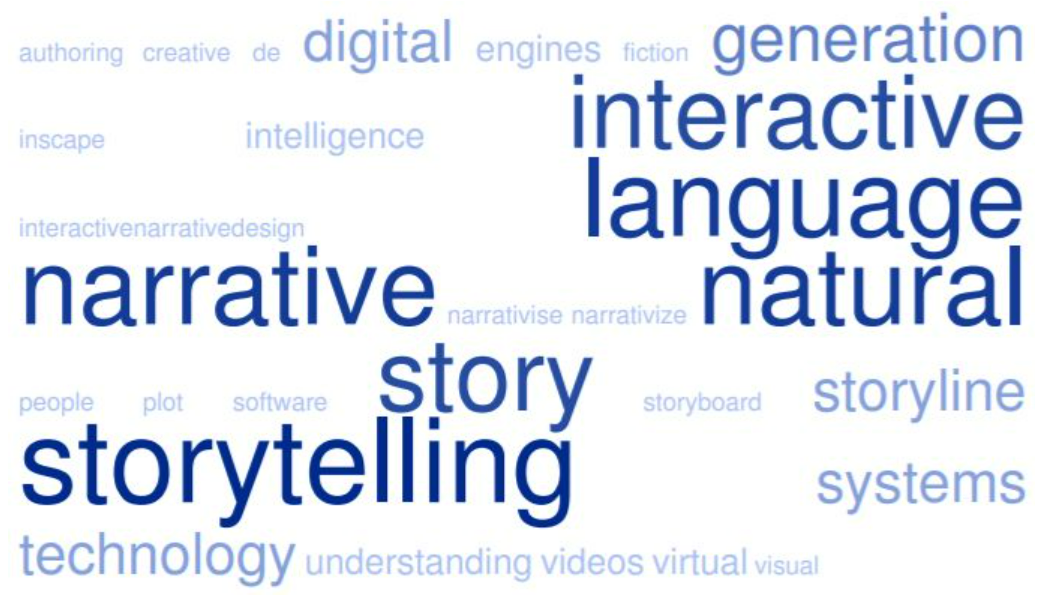
With the plethora of storytelling mediums available, including video games, literature, television, plays, songs, poems, and cinema, society has developed a sophisticated understanding of fictional representations. Over time, storytelling has continuously sought out intricate and captivating ways to structure narratives. One such method is the utilization of a “story within a story” framework, which can take various forms, such as a play within a play, a TV show within a TV show, or a film within a film.
Christopher Nolan’s mind-bending science-fiction heist thriller, Inception, astounded audiences with its concept of nested dreams, creating a captivating array of framing devices within the narrative.
A Brief History of Meta-Textual Storytelling
The history of storytelling, as depicted in the Routledge Encyclopedia of Narrative Theory, reveals that narratives have employed different perspectives and techniques throughout the ages.
- From Chaucer’s Canterbury Tales and The Arabian Nights to Edgar Allan Poe’s Fall of the House of Usher and Tolkien’s Lord of the Rings and The Hobbit, stories have been framed through various narrators, flashbacks, flash-forwards, and stories within stories. A notable example is Shakespeare’s Hamlet, where the protagonist uses a play within the play to uncover the truth behind his father’s murder.
- Films have also embraced the concept of stories within stories. Classics like Singing in the Rain, Truffaut’s Day for Night, and Altman’s The Player explore the filmmaking process within their narratives. Additionally, Harold Pinter’s adaptation of The French Lieutenant’s Woman intertwines the events of the original text with the author’s involvement in a love affair, blurring the lines between fiction and reality.
- Postmodern films, such as The Purple Rose of Cairo and The Last Action Hero, even feature characters crossing over from the on-screen cinema world into the “real” world and vice versa. Scholars in the fields of narrative, postmodernism, and semiotics use the term meta-fiction to encompass plays, stories, and films that reference other texts, thereby shaping the meaning of a work.
Meta-textual storytelling often incorporates elements like allusion, quotation, pastiche, parody, homage, and translation, providing a fresh and contemporary approach. For instance, Quentin Tarantino’s characters, while fictional, engage in conversations referencing television shows, films, music, and popular culture, mirroring real-life discussions. Tarantino’s films themselves operate on a meta-textual level within various genres, such as war, Westerns, crime thrillers, and Kung Fu.

Multi-Level Storytelling
Structural Meta-Textuality
Within meta-textuality, four interconnected levels can be identified in films and television. The first level is structural, which involves the use of flashbacks, dreams, imagination, narration, and other framing devices to manipulate the linear progression of a story. This level prompts the audience to contemplate the nature of storytelling itself. An example of structural meta-textuality is found in The Princess Bride, where a grandfather tells his sick grandson fairy-tale stories, framing the central narrative.
A more intricate example is Christopher Nolan’s noir masterpiece, Memento, which employs reverse chronological storytelling. The film follows the anti-hero, Leonard Shelby, who suffers from anterograde amnesia, using tattoos and Polaroid photos to create a visual record of his life. As the story unfolds, flashbacks and a film within a film about a character named Sammy Jankis reveal the unreliable nature of the narrator and the imagined constructs within Leonard’s mind.
Diegetic and Thematic Meta-Textuality
The second level of meta-textuality is diegetic, where texts within the narrative exist but do not directly comment on the story. This can include characters watching a movie, reading a book, or engaging with other forms of media within the fictional world. The third level, thematic meta-textuality, involves texts within the narrative that directly impact the characters, themes, and storyline. Films exploring the filmmaking or distribution process exemplify thematically meta-textual works.
An example of thematic meta-textuality is The Disaster Artist, which pays homage to Tommy Wiseau’s infamous film, The Room, widely regarded as one of the worst movies ever made. The Disaster Artist depicts the process of creating The Room and the struggles encountered by Wiseau, resulting in a highly satisfying and comedic meta-textual experience. Another notable film, Scream, cleverly acknowledges horror film tropes as the characters attempt to evade danger by referencing established conventions. Inglourious Basterds, Tarantino’s war film, showcases the fictional film Nations Pride, which satirizes German propaganda and the violent nature of war films. Tarantino’s deep cinephilia culminates in a climactic scene where the cinema itself becomes a battleground.
Emotional Meta-Textuality
The final level is emotional meta-textuality, which explores how meta-fictional elements evoke profound emotional responses from the characters. While all storytelling intends to elicit emotions, emotional meta-textuality specifically focuses on instances where the meta-fiction directly impacts the characters’ emotions and experiences.
- One example is the dramedy Stranger Than Fiction, where the protagonist, Harold Strick, discovers that his life is being narrated by an omniscient storyteller, who is revealed to be the author herself. The collision of fiction and reality leads to a profound journey of self-discovery and mid-life crisis.
- A darker representation of emotional meta-textuality can be found in Tom Ford’s adaptation of Nocturnal Animals, based on Austin Wright’s novel. The film follows Amy Adams’ character, an art gallery owner, who receives a manuscript from her former husband. As she delves into the novel, a film within a film unfolds, symbolizing the husband’s grievances against her. The revelations from the narrative have a damning emotional impact on her life decisions, leaving her alone in the dark with her guilty thoughts.
Throughout history and literature, many films have employed meta-textual storytelling using structural, diegetic, extra-diegetic, and emotional methods simultaneously. A prime example of a filmmaker embracing this approach is Charlie Kaufman, whose works like Being John Malkovich, Eternal Sunshine of the Spotless Mind, and Adaptation offer mind-bending meta-textuality. In Adaptation, for instance, the film portrays a screenwriter named Charlie Kaufman, struggling to adapt a book titled The Orchid Thief while battling writer’s block. The story takes a meta-textual turn as Kaufman begins to write a screenplay about a screenwriter facing challenges in adapting The Orchid Thief, all the while dealing with the presence of his twin brother, Donald, who is also a screenwriter. Analyzing Adaptation would lead us into a labyrinth of stories within stories, and that is a different tale altogether.
To wrap up
In conclusion, meta-textual storytelling has proven to be a captivating and dynamic approach to narrative construction across various forms of media. From the early days of literature to the ever-evolving world of cinema, storytellers have utilized framing devices, stories within stories, and intertextuality to engage audiences on multiple levels.
The exploration of meta-textuality has provided storytellers with the means to challenge traditional linear narratives, blur the boundaries between fiction and reality, and invite audiences to question the nature of storytelling itself. Through structural meta-textuality, filmmakers manipulate time, dreams, and imagination to create fascinating narratives that defy traditional chronology.
- Diegetic and thematic meta-textuality immerse audiences in worlds where texts within texts impact the characters and themes, offering meta-commentary on various aspects of storytelling. Emotional meta-textuality, on the other hand, delves into the profound impact of meta-fiction on the characters’ emotional journeys, exploring the intersection of fiction and personal experience.
- From Christopher Nolan’s complex dreamscapes in Inception to Quentin Tarantino’s pop culture-infused narratives, meta-textual storytelling allows for the exploration of multiple layers of meaning, cultural references, and self-awareness. By incorporating allusion, wehomage, parody, and other techniques, storytellers can create fresh and contemporary works that resonate with audiences.
- As the history of storytelling demonstrates, meta-textuality has been a powerful tool employed by storytellers across various mediums. By embracing meta-textual storytelling techniques, creators can push the boundaries of narrative conventions and offer audiences unique and thought-provoking experiences.
In the ever-evolving landscape of storytelling, meta-textuality continues to evolve, adapt, and captivate audiences, reminding us of the endless possibilities that arise when imagination, creativity, and self-reflexivity converge in the art of storytelling.